- Home
- ABOUT US
- Shiseido Talks
- The future envisioned by Shiseido Child Foundation as it celebrates its 50th anniversary ~We can support children’s futures if all adults band together~
The future envisioned by Shiseido Child Foundation as it
celebrates its 50th anniversary
~We can support children’s futures if all adults band together~
January 13, 2023
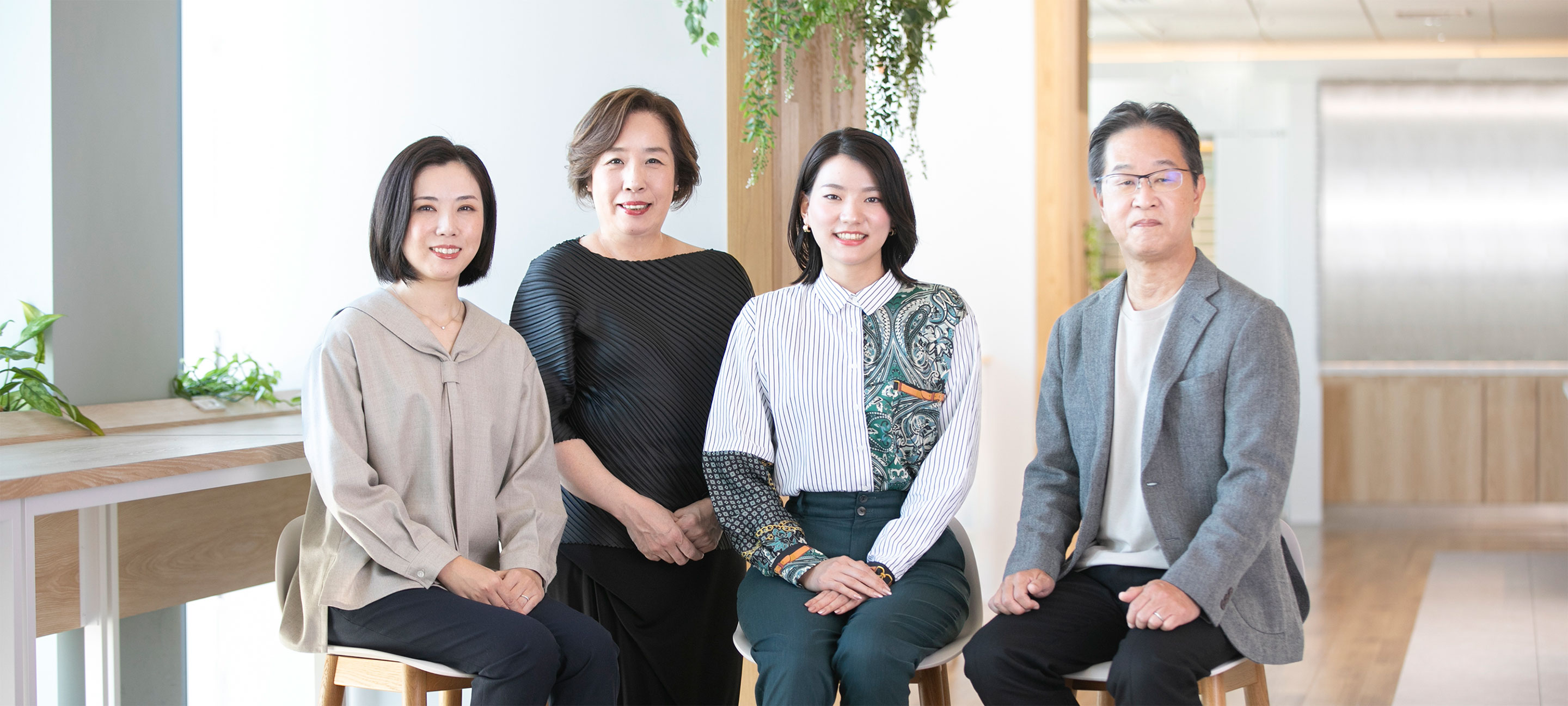
Shiseido Child Foundation (formerly "Shiseido Social Welfare Foundation"; hereinafter referred to as “Child Foundation”) was established in 1972 as a 100th anniversary project by Shiseido Company, Limited and carries out charitable activities every day under the mission of "Aiming for a society in which all children are brimming with smiles and shining in their own way." With the foundation celebrating its 50th anniversary, we ask: what kind of future is being envisioned for a society in which all children can let their individuality shine? We interviewed Secretary General Tetsuaki Shiraiwa and members Chio Inoue, Natsuko Kyo, and Mari Waki about the Foundation’s activities and its vision for the future.
Doing our part to help children's futures shine even brighter
―What is the story behind the Child Foundation?

Tetsuaki Shiraiwa, Secretary General, Shiseido Child Foundation
Shiraiwa: The Child Foundation was established 50 years ago while Shiseido was commemorating its 100th anniversary. Shiseido felt the reason behind its continued success was thanks to the support we had received from both consumers and society as a whole, and that it was our turn to give back to those who had supported us. Thus, we established the Child Foundation as part of our efforts to contribute societally.
―Why children?
In the 1970s when the Child Foundation was established, Japan was in the midst of rapid, post-war economic growth. While the whole of Japan was beginning to enjoy the fruits of economic development and material wealth, it was an era in which the issue of children being separated from their parents due to various factors was becoming ever more apparent. It was against this historical backdrop that Shiseido began its efforts with the vision of improving and expanding welfare for children and the women who were raising them to be the next generation.
―The situations children find themselves in today have been growing even tougher due to the COVID-19 crisis over the past few years, haven’t they?
―What is the significance of the Child Foundation today?
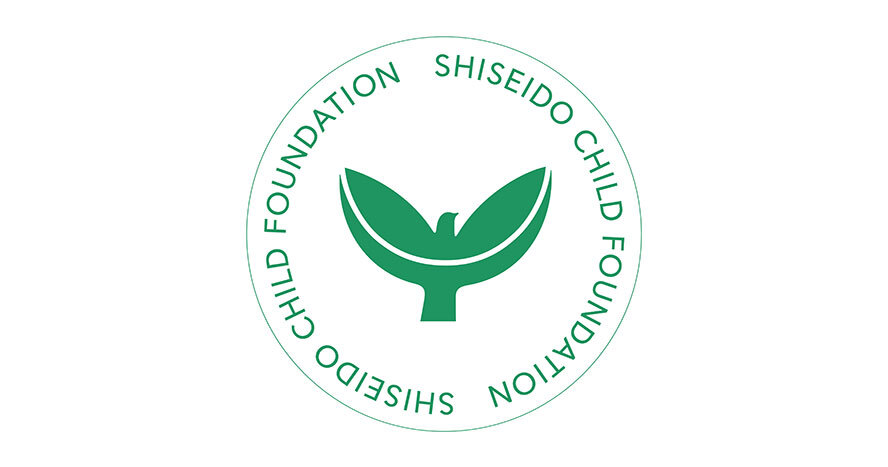
Shiseido Child Foundation’s logo. The logo is based on the motifs of a dove, a symbol of peace, and a new leaf, a symbol of growth from a bud, to express the wish that every child may grow up healthy.
Concrete measures to support children, ranging from the financial to the educational
―Please tell us the details of your efforts.
Kyo: To begin, our current activities are divided into three pillars: support for children, support for workers who are nurturing children, and the distribution and sharing of information to them. Moreover, we also have a scholarship program as part of our support for children.
There is data which indicates that, in general, children who grow up in the child welfare system have a low university enrollment rate. Therefore, in 2007, we started a scholarship program. We provide children who are continuing on to university, junior college, or vocational college with \500,000 per year as a grant-type scholarship. Moreover, in addition to financial support, we also hold regular meetups and offer daily necessities including cosmetics and food. We have supported 81 scholarship students to date, with 16 scholarship students currently enrolled. At this time, our goal is to support as many students as possible.
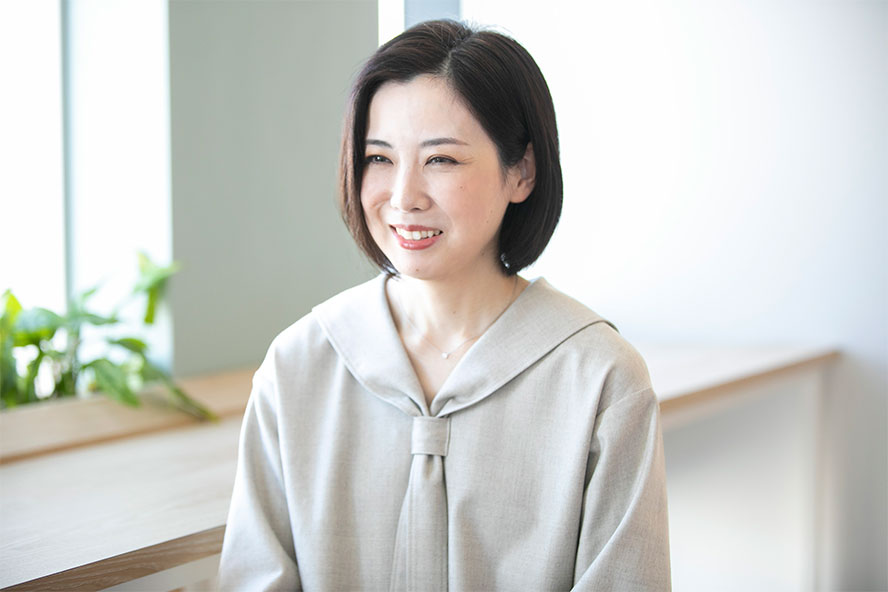
Natsuko Kyo, Shiseido Child Foundation
―I've heard you also collect donations on an official website which was revamped in 2022. Is that true?
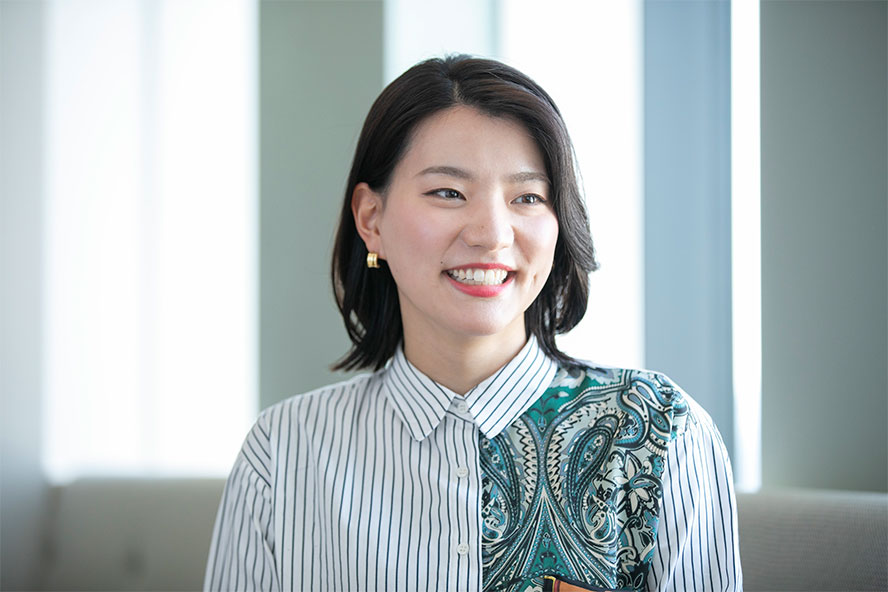
Mari Waki, Shiseido Child Foundation
Waki: Yes. Everyone can now make donations on the website to become a "Supporter of Scholarship Students." We hope that enhancing digital communications, such as on our official website and social media, will create opportunities to connect with people who care about children and in turn help grow our circle of support.
- *At this time, donations to Shiseido Child Foundation can only be made from within Japan.
―Please also tell us about the self-sufficiency seminars.
We hold these seminars in cooperation with multiple companies and enterprises such as AOKI Inc., Recruit Co., Ltd., and NPO STARS. These seminars cover a lot of ground and include courses on how to apply makeup, how to wear a suit, learning the basics of finding a place to live, and more. There’s even a workshop to deepen understanding of one’s mind and body. Going forward, we want to continue expanding our circle by collaborating with new corporations.
―What was the response from children who participated in the seminars?
―Please also tell us about the overseas training—which I believe has been a component of the foundation since its establishment—that is held as part of your support for workers who are nurturing children.
Inoue: NPO STARS—which was established by volunteers who participated in the overseas training—is involved in the production of the "Soramame Guide," a mobile website we use to share information. The Soramame Guide distributes information compiled from real interviews with children's home workers concerning the issues kids face, along with providing advice that can help children achieve self-sufficiency.
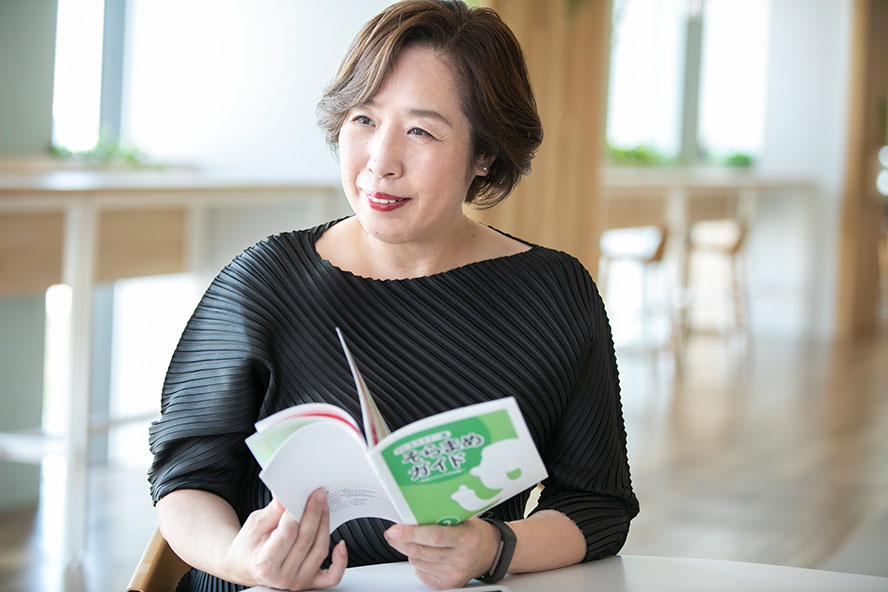
Chio Inoue, Shiseido Child Foundation
―What kind of things fall under "issues children face"?
We also put thought into details such as including pronunciations next to kanji (Chinese characters) and using easy-to-understand expressions so that the guide is accessible to as many children as possible.
The future the Child Foundation envisions
―Finally, could you talk about your vision for the future?
ABOUT US
- Who we are
- History
- Profile
- Governance
- Quality Management
- Supply Network
- Region/Business
BRANDS
- Prestige
- Premium
- Inner Beauty
- Life Quality Makeup
SUSTAINABILITY
- Strategy / Management
- Society
- Environment
- Governance
- Reports / Data
- Related Information
INNOVATION
- Research and Development
- Research Areas
- Research outcomes
- Product safety
- Product Development Policy
- Initiatives for doctors and researchers
CAREERS
INVESTORS
- IR Library